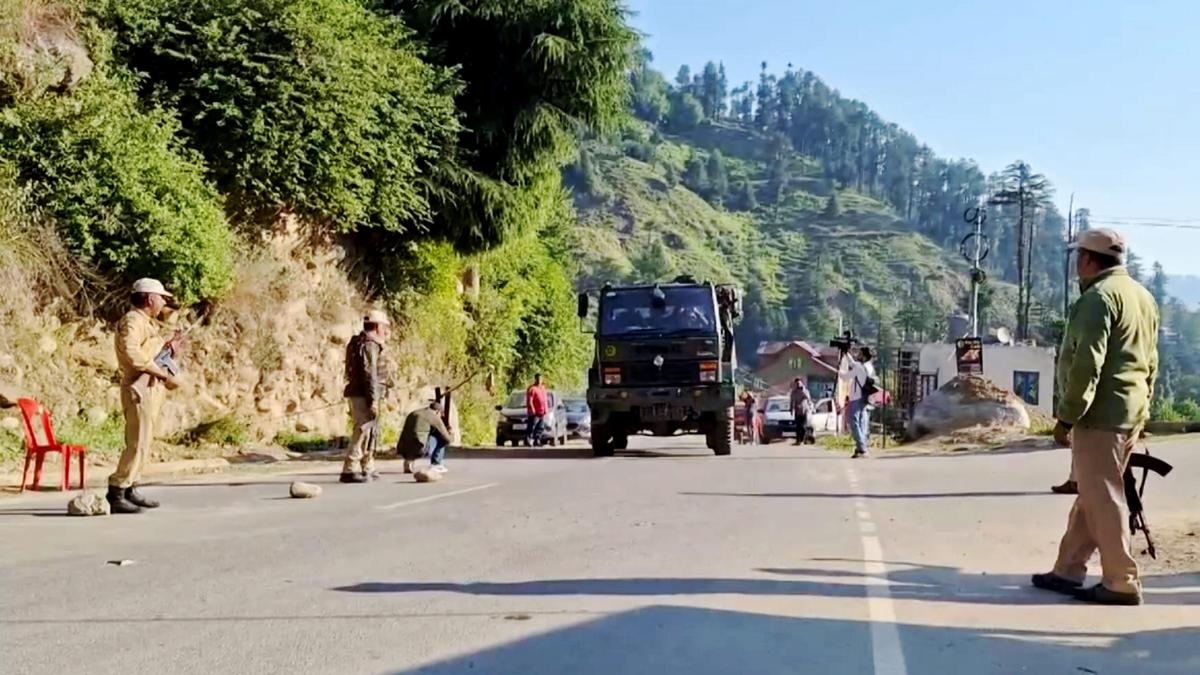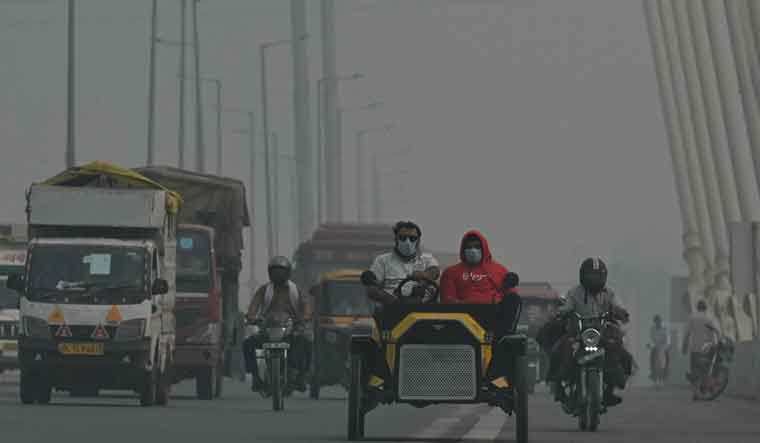
The report noted that, despite probable “under reporting,” the number of student suicide cases climbed by 4% annually, while the general number of suicide cases increased by 2% annually.
According to a recent survey, the number of student suicide incidents in India has increased alarmingly each year, outpacing both the country’s population growth rate and general suicide patterns. The “Student suicides: An epidemic sweeping India” report was released on Wednesday at the Annual IC3 Conference and Expo 2024 and is based on data from the National Crime Records Bureau (NCRB).
“Over the past two decades, student suicides have grown at an alarming annual rate of 4 per cent, double the national average. In 2022, male students constituted 53 pc (per cent) of the total student suicides. Between 2021 and 2022, male student suicides decreased by 6 per cent while female student suicides increased by 7 per cent,” noted the report compiled by IC3 Institute.
“The incidence of student suicides continues to surpass both population growth rates and overall suicide trends. Over the last decade, while the population of 0-24-year-olds reduced from 582 million to 581 million, the number of student suicides increased from 6,654 to 13,044,” it added.
The IC3 Institute is a volunteer-run organization that helps high schools all over the world build and sustain strong career and college counseling departments by offering advice and training materials to their administrators, instructors, and counselors.
Based on the survey, the states with the largest number of student suicides—together making up one-third of the national total—are Madhya Pradesh, Tamil Nadu, and Maharashtra.
Together, the southern states and union territories account for 29% of these cases; Rajasthan, which is renowned for its demanding academic environment, comes in at number 10, underscoring the tremendous strain that comes with coaching hubs like Kota.
First information reports (FIRs) filed by the police serve as the foundation for the data that the NCRB compiles. It’s crucial to recognize that there are probably more student suicides than are officially recorded. The societal shame associated with suicide and the criminalization of assisted and attempted suicide under Section 309 of the Indian Penal Code are two reasons for the underreporting.
The legacy of criminalization still affects reporting methods, even if the 2017 Mental Healthcare Act decriminalizes suicide attempts for those with mental illness.
“Moreover, there are significant data discrepancies due to the lack of a robust data collection system, particularly in rural areas, where reporting is less consistent compared to urban regions,” it said.
Why is it happening and increasing at such a rapid rate?


The IC3 Movement’s founder, Ganesh Kohli, stated that the research serves as a reminder of how urgently mental health issues must be addressed in our educational institutions.
“Our educational focus must shift to fostering the competencies of our learners such that it supports their overall well-being, versus pushing them to compete amongst each other.
“It is imperative that we build a systematic, comprehensive, and robust career and college counselling system within each institution, while seamlessly integrating the same within the learning curriculum,” he said.
The report also highlighted a sharp rise in student suicides, with female suicides jumping by 61% and male suicides climbing by 50% over the previous ten years.
“Both genders have experienced an average annual increase of 5 pc (per cent) in the last five years. These alarming statistics underscore the critical need for enhanced counseling infrastructure and a deeper understanding of student aspirations.
“Addressing these gaps is essential for shifting the focus from competitive pressures to nurturing core competencies and well- being, thereby supporting students more effectively and preventing such tragedies,” the report said.

































































































































































































































































































































































































































































































































































































































































































































































































